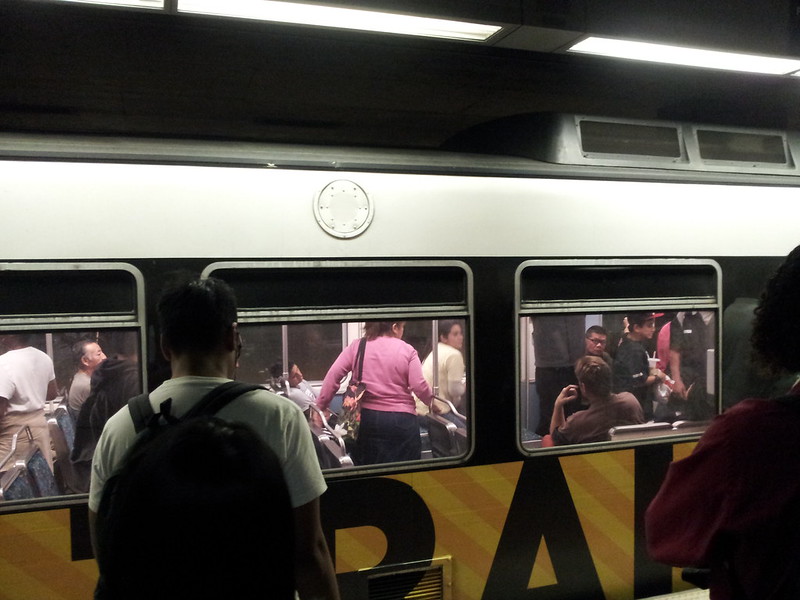Quote:
Originally Posted by Retired_in_Texas

Interesting musing that easily raises the same question about every aging city in the country with a more than aging central business districts and nearby housing areas. From personal observation and feeling I would somewhat liken today's "urbanists" to not being too unlike sewer rats that never see the light of day. They, like the rats will have adapted to the environment they are in and will remain until something forces them out. I view them as a throw back to the thinking of the horse and buggy days where the idea of being able to sustain life to a level acceptable to them is based on work place access and access to some level of shopping on foot and/or via public transportation.
|
For perhaps the first fifty years after the second World War, cities didn't work in America because nobody in power really wanted them to work. While most of the country was becoming car-dependent and suburbanized, Robert Moses was trying to turn even NYC into L.A. as far as urban planning and transit (or the lack of it) went. Among other things, according to the Wiki article, he intentionally placed recreational facilities like swimming pools far from mass transit, so you had to have a car to go there--as many pointed out, a not-too-subtle way of favoring Anglos. We all remember now that, in the 1970s, NYC was the poster child for all of America's urban ills. More recently, in the early 1990s it was L.A., and far too many still think the entire city south of the 10 and east of the 405 is "the ghetto", if not an all-out war zone.
What's different today is that more people are attracted to the idea of urban living if it means not having to spend so much of your cash, time, and patience on your car, and not having to pony up $15 or $20 just to park at the museum or the football game--or for that matter, five days a week at the office. Even the process of driving, itself, becomes a burden when you are doing 15 mph on the 10, or when it takes you a half hour to crawl from Barrington Avenue to Sepulveda because the 405 on-ramp is backed up to Bundy. You just want to keep your windows up and the AC on so you can hear the radio or music player and frankly it's depressing. In such conditions, the original appeal of being able to drive everywhere loses a lot of its luster.
It's certainly not as if everyone wants to move back to living in city apartments, but then it's not necessary for everyone to do so to make it viable. It only needs enough people.
As for me, I'll gladly endure this:

(Own work)
…and this

(Own work)
if it means I don't have to do this:

L.A. Weekly (
http://www.laweekly.com/binary/b29a/traffic.jam_prv.jpg)
Granted there are times when using transit is isn’t practical, but without it being one of those times I’ll never drive myself into DTLA again.